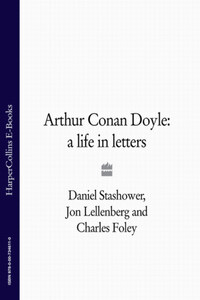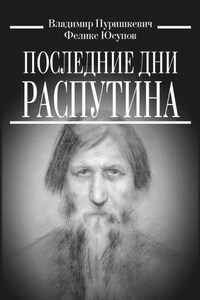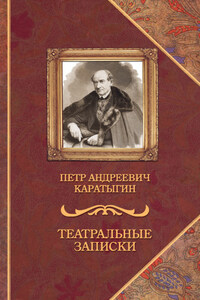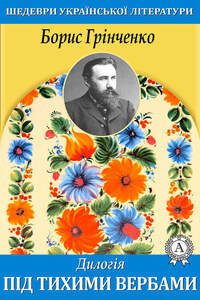‘Your ingenious habit of not dating yourletters will make your biographer curse.’
—CONAN DOYLE’S LIFELONG FRIEND JAMES RYAN
More than seventy-five years after his death Conan Doyle remains one of the most popular and best-loved authors of modern times, and his legendary creation, Sherlock Holmes, remains a towering phenomenon. For all his success, he aspired to be more than a mere writer, and his life was not spent simply cranking out book after book. He was also a physician, a sportsman, a crusader for criminal and social justice, a war correspondent, a military historian, and ultimately a spokesman and missionary for a new religion. Conan Doyle lived a life as gripping as any of his own adventure tales, and his activities frequently placed him on the leading edge of public controversies.
Each chapter of his life was rife with drama. As a schoolboy he confounded his masters’ low expectations of him and became a prize-winning student. As a medical student he faced a tortuous academic grind at Edinburgh University, and found some relief in spending six months as a ship’s surgeon on an Arctic sealing and whaling expedition, risking his life upon the ice floes. As a penniless young doctor he overcame the treachery of a duplicitous colleague to establish a practice of his own, under constant threat of financial ruin. Upon finding fame as the author of the Sherlock Holmes stories, he travelled to America and became an apostle of what came to be known as ‘the special relationship’ between the two great English-speaking powers. He forged friendships with other writers such as Rudyard Kipling and James Barrie, and crossed swords with the likes of George Bernard Shaw. He helped introduce skiing to the Alps at a time when the sport was unknown there, and played cricket as an amateur against some of the best professionals.
There was tragedy and controversy in his life as well. In the early days of his fame Conan Doyle learned that his wife had contracted tuberculosis, and he took her to the restorative climates of Switzerland and Egypt seeking a cure. His character and resolve were sorely tested when he met and fell in love with another woman during the years of his wife’s decline. A staunch patriot, he went off to war in South Africa at the age of forty-one, wrote a history of it, and then defended the British cause against slanderous attacks by its enemies. When his service to the Crown brought a knighthood, he initially intended to refuse it; he finally accepted only at his mother’s insistence. At home and abroad he campaigned tirelessly for the victims of injustice, and for military reform as well, as he watched war with Germany approach. Too old to serve in the army in World War I, his determination to contribute took him to both Downing Street and the front lines. The war took half a dozen of his family, including his only brother and his oldest son. And when he confronted anew the spiritual uncertainties of his youth, and found comfort in a new religious belief, he was ridiculed for it.
Conan Doyle came from a distinguished family of artists who were Irish in origin, but by his time had lived in England for generations. His grandfather, John Doyle, was a celebrated political cartoonist known as ‘H.B.’, whose originals were sought by the British Museum. His uncle Richard designed the famous cover of Punch magazine, his uncle James compiled The Official Baronage of England, and his uncle Henry founded the National Gallery of Ireland. Three generations of Doyles, including Arthur himself, earned places in the Dictionary of National Biography.
His own father, Charles Doyle, was an artist as well. As a young man he went to Edinburgh to take a position with the city’s Office of Works, and there he met and married Mary Foley, a young Irish girl of seventeen, and they began to build a large family. ‘My father was in truth a great unrecognized genius,’ Conan Doyle said; ‘any sense I have for dramatic effect corresponds to the artistic nature of my father.’ But Charles Doyle fell prey to alcohol in Edinburgh, and more and more the burden of supporting and raising the children came to rest upon their mother.
Mary Foley was remarkable in her own right. She was better educated than women usually were in Victorian Britain, spoke French and got much of her information about the world from the








